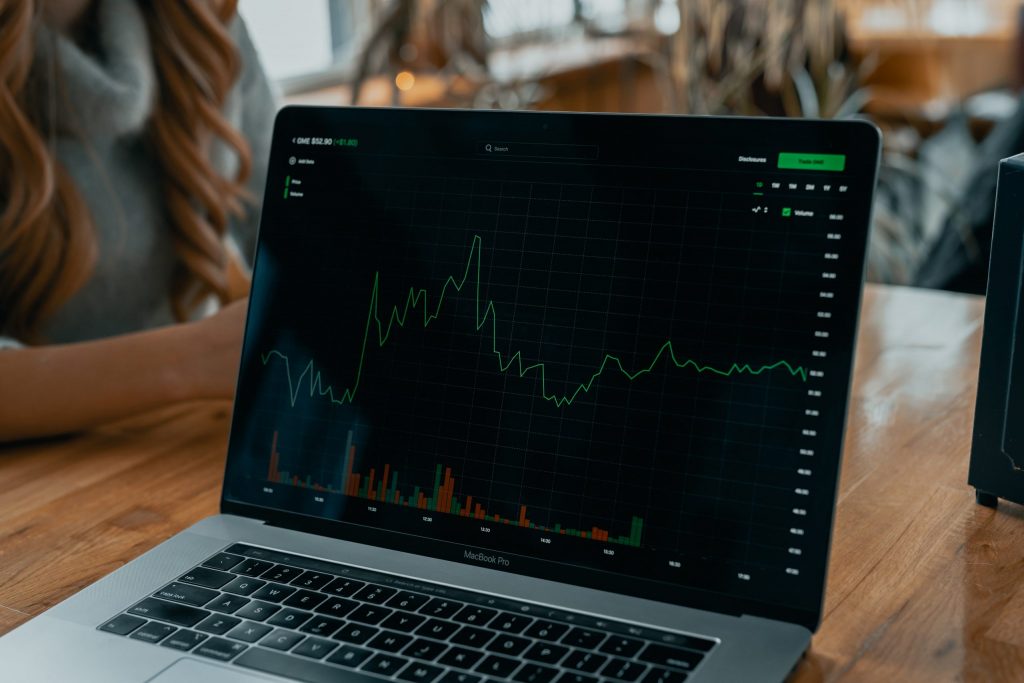If you are trading without any strategy, you will likely end up without making consistent gains, or worse, you may end up with significant losses that can accumulate over time.
Many traders have a lot of trouble determining how many pips they should target each day when trading forex. This problem can stem from several different factors but usually comes down to not having a firm grasp of forex terminology or not having a solid trading strategy in place.
To break it down, the smallest unit in the forex market is a pip, which equals 1/100th of a percent. A pip is equal to 0.001 of the counter or quote currency. As the price of each currency pair moves, it moves by 0.001. In other words, if a price moves by 3 pips, it has moved by 0.003 in either direction. This is the case for most currency pairs, except those concerning the Japanese Yen, in which case a pip is 0.01 Yen, and moves of 2 pips for example will in actuality by a shift of 0.02 in either direction.
There are several options for determining how many pips you should aim for when trading forex.
A straightforward strategy is to set your trade size based on the number of pips you expect your initial stop loss to hit. It will help ensure that you are not over-leveraging your trades, leading to more significant losses if the market moves against you, especially if your trades are large and losses and gains can accumulate.
Another strategy is tracking and analysing historical price movements to determine typical volatility trends for specific currency pairs or asset classes. You may also use this to determine which kinds of pips gains and losses are more probable.
This strategy is used in conjunction with market orders, in which traders will place a stop loss order that corresponds with those predicted ranges when they open a position. In this case, the stop loss order will help the trader automatically close a trade when price movements have shifted a certain amount in a certain direction, saving the trader the time and effort of manually checking market performance all the time.
There are also more advanced forex trading strategies that involve technical analysis of chart patterns. Though ultimately, readers should know that the key to successful trading is to develop a robust strategy that you can consistently use and follow, which is one that matches your lifestyle and trading preferences.
Whether you are new to forex trading or have been doing it for some time, having a clear plan will help ensure that you make informed decisions and target the suitable types of pips each day. While there is no right way to approach forex trading, having a solid strategy is essential for success.
When trading, it is essential to remember that a pip is the smallest unit of measurement in the market because currency prices do not tend to see great changes or movements. Therefore, slow and steady may just win the race. As a start, thinking carefully about your goals and developing a plan that works for you will help you make intelligent decisions and maximise your pips gains over time.
In forex, learning the basic terminology is crucial and can also help you understand what other investors are talking about on public forums and on the news. Therefore, the first step to trading is always to hang back and make sure you understand the basics before dipping your toes in the water. You can even set up a paper trading account to first gain experience and put your strategies to test before committing to any particular one.

